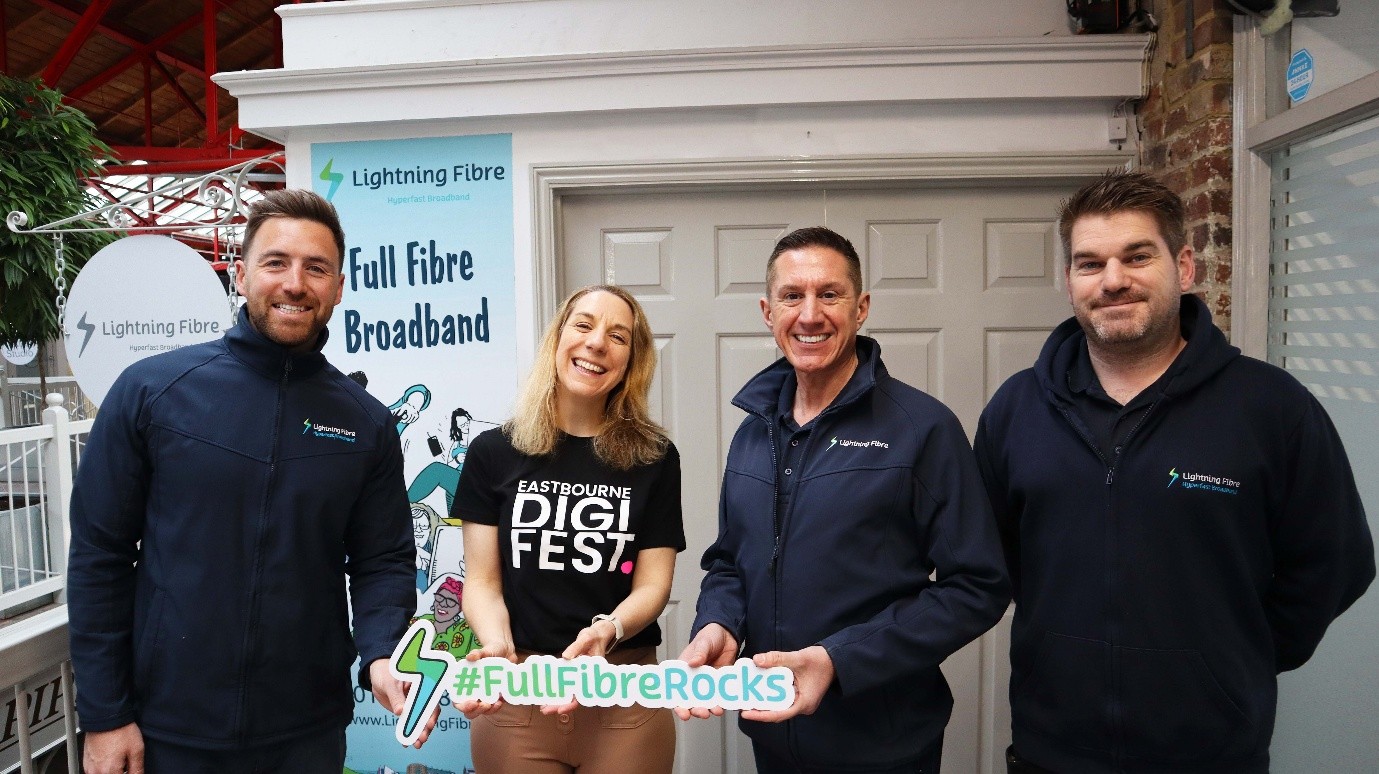Full Fibre Broadband seems to be the future of the internet, but what exactly is it and exactly how fast can it be?
The UK Government has agreed that Full Fibre is essential to our development as a nation, and they are planning on spending £5bn on rolling out superfast internet to even the most remote areas.
MP Sajid Javid has said, when he was Chancellor, that the investment of £5bn would help the most hard-to-reach 20% of the UK to access full fibre broadband. So, it must be considered as one of the government's priorities in infrastructural development. The Prime Minister changed the deadline of rollout across the country from 2033 to 2025, describing the original deadline as “laughably unambitious”. But what difference does Full Fibre really make?
To answer that question, we must look at the increasing demand on our internet. More people than ever are using data-intensive streaming services, video calls, smart devices and as such we need more data. Especially highlighted over the past few years and the impact of Covid-19.
The average household will be able to seamlessly stream far more data with Full Fibre than with the older forms of broadband. This means that there should be no interruptions and no dropouts in connectivity. Delays and lag will be a thing of the past and download times will be a fraction what they used to be.
This is great for everybody but particularly useful to home-workers and multi-device households. Gamers too will benefit enormously from the improved connection. Yet the everyday user will notice the difference in things like streaming films and video calls with friends and family.
A good internet connection has also become one of the most desirable factors in purchasing a new home. So, it is a valuable asset in the eyes of both homeowners and potential buyers.
Internet for Home buyers - speed matters! | Lightning Fibre
Other benefits to the community overall will include creating jobs in the infrastructure industry. There will also be a great boost to the productivity of any company that relies on the internet, which these days is almost every business! It will also reduce the need to commute by making remote working easier which will benefit many individuals, companies, and the environment.
That’s Great But, What Exactly is it?
Any high-speed connection carrying internet data and other traffic is usually referred to as ‘Broadband’.
There are three main types of broadband connection that link the local telephone exchange to your house:
- ADSL (asymmetric digital subscriber line) uses copper cables to a street-level cabinet or junction box and on to the house.
- FTTC (fibre to the cabinet) uses a faster fibre optic cable to the cabinet, but then copper cable from there to the house.
- FTTP (fibre to the premises) uses a fibre optic cable to connect to households without using any copper cable – this is also known as FULL FIBRE and is the best connection available.
Old copper cables are still in existence all over the UK and are really superseded by fibre- optics. The best speeds one can hope for from an old-style copper connection top out around 100Mbps (megabits per second).
A Full Fibre connection (FTTP) - with no copper -can offer much faster average speeds of one gigabit per second (Gbps) - that's1,000Mbps. It could potentially offer speeds in terabits per second in future. (One terabit equals 1,000 gigabits.)
So, to clarify, Full Fibre can guarantee speeds of at least 100Mpbs, and can potentially go as high as 10,000Mbps!
To this day, the UK still ranks well behind other European nations, where roughly half of all homes have access to the fastest connections.
To learn more about fibre broadband follow the link below:
‘Fibre’.... Confused? | Lightning Fibre



.png)